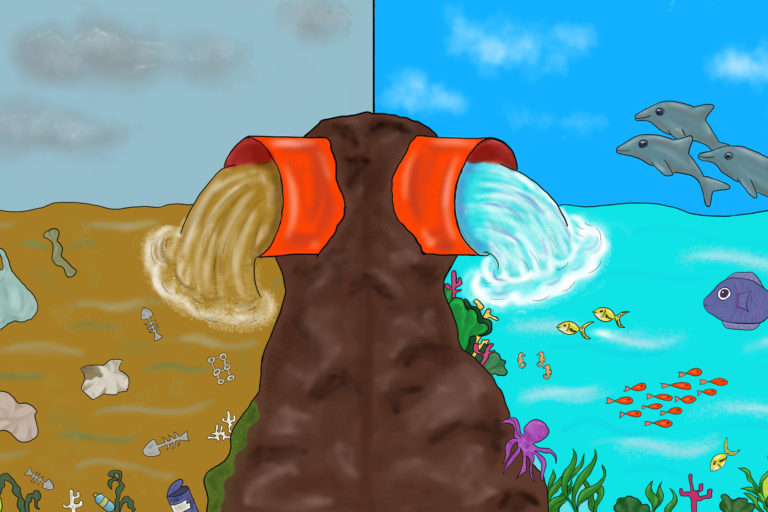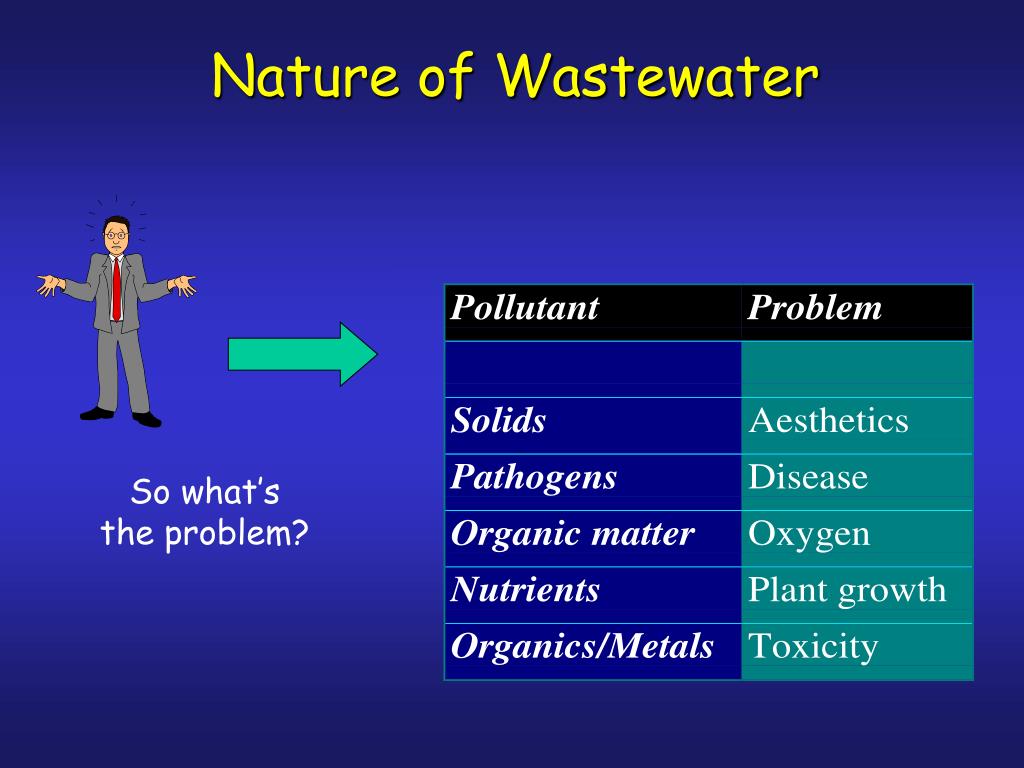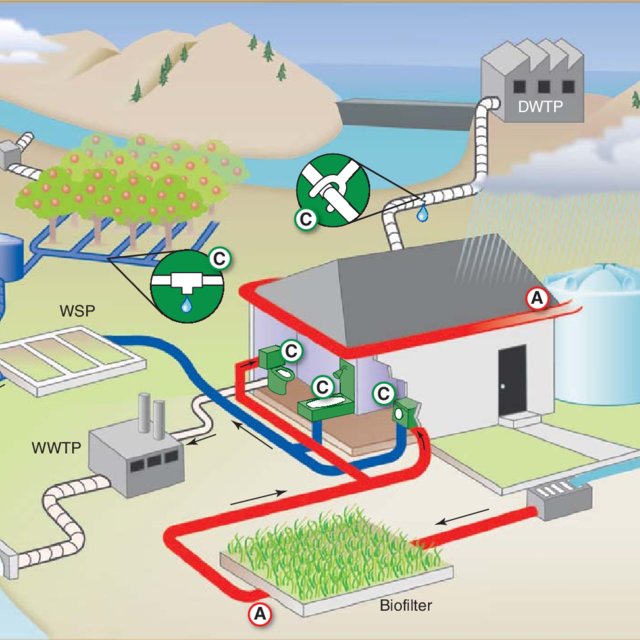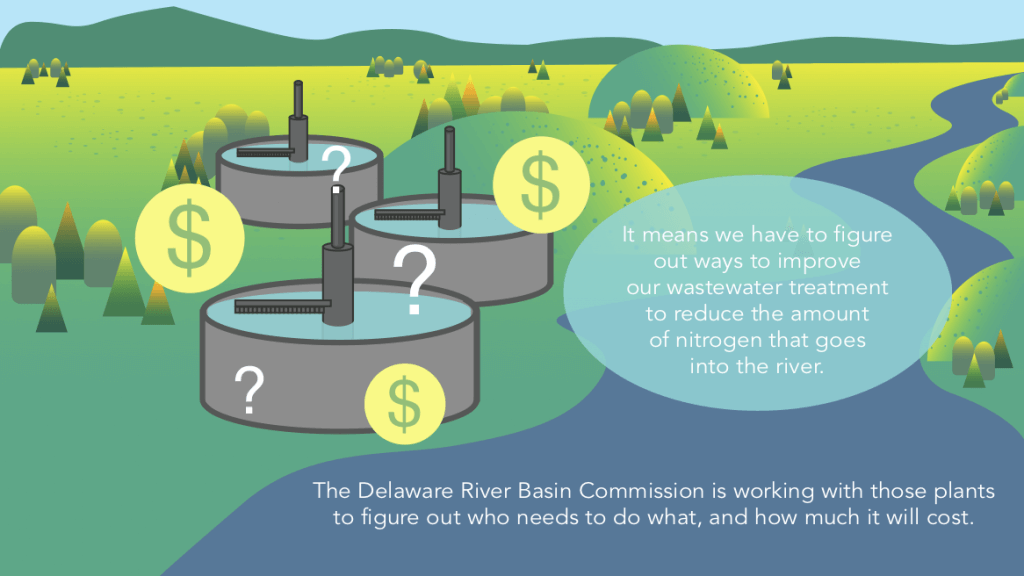
The Art of Problem-Solving in Wastewater Treatment
Introduction
Wastewater treatment is a vital process that plays a crucial role in ensuring the health and well-being of communities. The art of problem-solving in wastewater treatment involves applying creative and innovative strategies to address the challenges and complexities of this field. This article will explore the historical background, key concepts, and main discussion points related to problem-solving in wastewater treatment.
Historical Background
Wastewater treatment has evolved significantly over time. In the early days, it primarily focused on removing visible solids from wastewater before disposal. However, as understanding of the environmental and health impacts of untreated wastewater grew, the need for more advanced treatment methods became apparent. Breakthroughs such as the development of activated sludge processes and the introduction of biological nutrient removal revolutionized the field of wastewater treatment.
Key Concepts and Definitions
Wastewater treatment is a process that aims to remove pollutants and contaminants from wastewater before it is discharged into the environment. Problem-solving in this context involves identifying and addressing issues that arise in the treatment process. This requires a deep understanding of the system, including the various components and processes involved. Key terms and concepts related to problem-solving in wastewater treatment include process optimization, troubleshooting, and decision-making.
Main Discussion Points
Importance of Understanding the System
A deep understanding of the wastewater treatment system is essential for effective problem-solving. This includes knowledge of the different components, such as pumps, pipes, and treatment units, as well as an understanding of the underlying processes. By comprehending how each component and process interacts with one another, operators can troubleshoot and solve problems more efficiently.

Identifying and Analyzing Problems
Various problems can occur in wastewater treatment, ranging from equipment malfunctions to process inefficiencies. Systematic problem identification and analysis are crucial for developing effective solutions. By carefully analyzing the symptoms, potential causes can be identified and targeted solutions can be implemented, leading to improved system performance.
Developing Innovative Solutions
Problem-solving in wastewater treatment often requires innovative approaches. By exploring different problem-solving techniques, operators can develop creative solutions to complex issues. The ability to think outside the box and apply innovative strategies is key to overcoming the challenges faced in wastewater treatment.
Implementing and Evaluating Solutions
Implementing problem-solving solutions in wastewater treatment plants can be a complex process. Challenges such as limited resources, regulatory compliance, and operational constraints must be considered. Additionally, continuous monitoring and evaluation of implemented solutions are necessary to ensure their effectiveness. Regular assessments and adjustments are essential to maintain optimal efficiency in wastewater treatment processes.

Case Studies or Examples
Real-world examples of problem-solving in wastewater treatment provide valuable insights into successful strategies. These case studies showcase how operators have tackled specific challenges and achieved positive outcomes. By analyzing these examples, operators can gain inspiration and learn from the experiences of others in the field.
Current Trends or Developments
The field of wastewater treatment is constantly evolving, with new technologies and research findings influencing problem-solving approaches. Recent trends, such as the adoption of smart sensors and automation, have improved efficiency and accuracy in monitoring and control processes. Additionally, advancements in membrane technologies and resource recovery techniques are shaping the future of wastewater treatment.
Challenges or Controversies
Problem-solving in wastewater treatment is not without its challenges. Limited funding, changing regulations, and public perception can pose obstacles to effective problem-solving. Controversies and differing viewpoints regarding problem-solving strategies also exist within the field. Addressing these challenges and controversies is essential for ensuring continuous improvement in wastewater treatment practices.

Future Outlook
The future of problem-solving in wastewater treatment holds exciting possibilities. Advancements in technology, such as artificial intelligence and machine learning, have the potential to revolutionize the industry. Additionally, changes in regulations and increasing environmental awareness will drive the development of more sustainable and efficient problem-solving strategies.
Conclusion
Problem-solving is a critical aspect of wastewater treatment that ensures efficient and sustainable operations. By understanding the system, identifying and analyzing problems, developing innovative solutions, and implementing and evaluating those solutions, operators can overcome the challenges posed by wastewater treatment. The ongoing importance of problem-solving in this field cannot be overstated, as it plays a key role in protecting the environment and public health.




